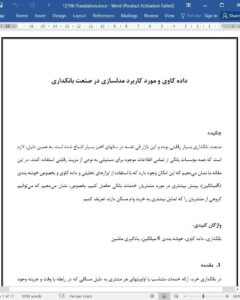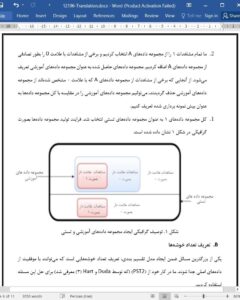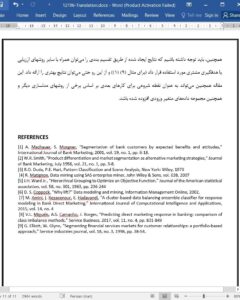Abstract
Banking industry is very competitive and the market itself has become very saturated in the recent years. Because of this, it is vital for every banking institution to use all available information in order to gain some sort of competitive advantage. In this paper we will demonstrate that it is possible to gain more insight about banking service clients by using data mining and analysis tools, more specifically by using K-Means clustering. Specifically, we will demonstrate that we can define a group of customers that are more prone to purchase housing loan.
I. INTRODUCTION
IN retail banking, a service tailored to the preferences of each customer is not possible because of time and cost issues. This implies that some degree of standardization is necessary. The trade-off between a more standardized and a more individual service can be made easier by a classification of customers according to multi-dimensional intrinsic characteristics of personality [1]. Companies are trying to segment their customers by identifying groups of persons with need structures that are as homogeneous as possible within each group and significantly heterogeneous between groups [2]. This segmentation can be done by using the data mining technologies. By definition, data mining is the process of discovering patterns in large datasets involving methods at the intersection of machine learning, statistics, and database systems.
VI. CONCLUSION
There are several papers that focus on the client behavior modeling using segmentation, such as [7], [8]. In [7] bank telemarketing data was analyzed and classification method was used as pre-processing activity in order to create under sampled training dataset that was later used as input for various modeling techniques. On the other hand, paper [8] presents customer response model supported by random forests and under sampling algorithm that analyze client demographic information, contact details and socio-economic data.











